
You live in your very own sitcom.
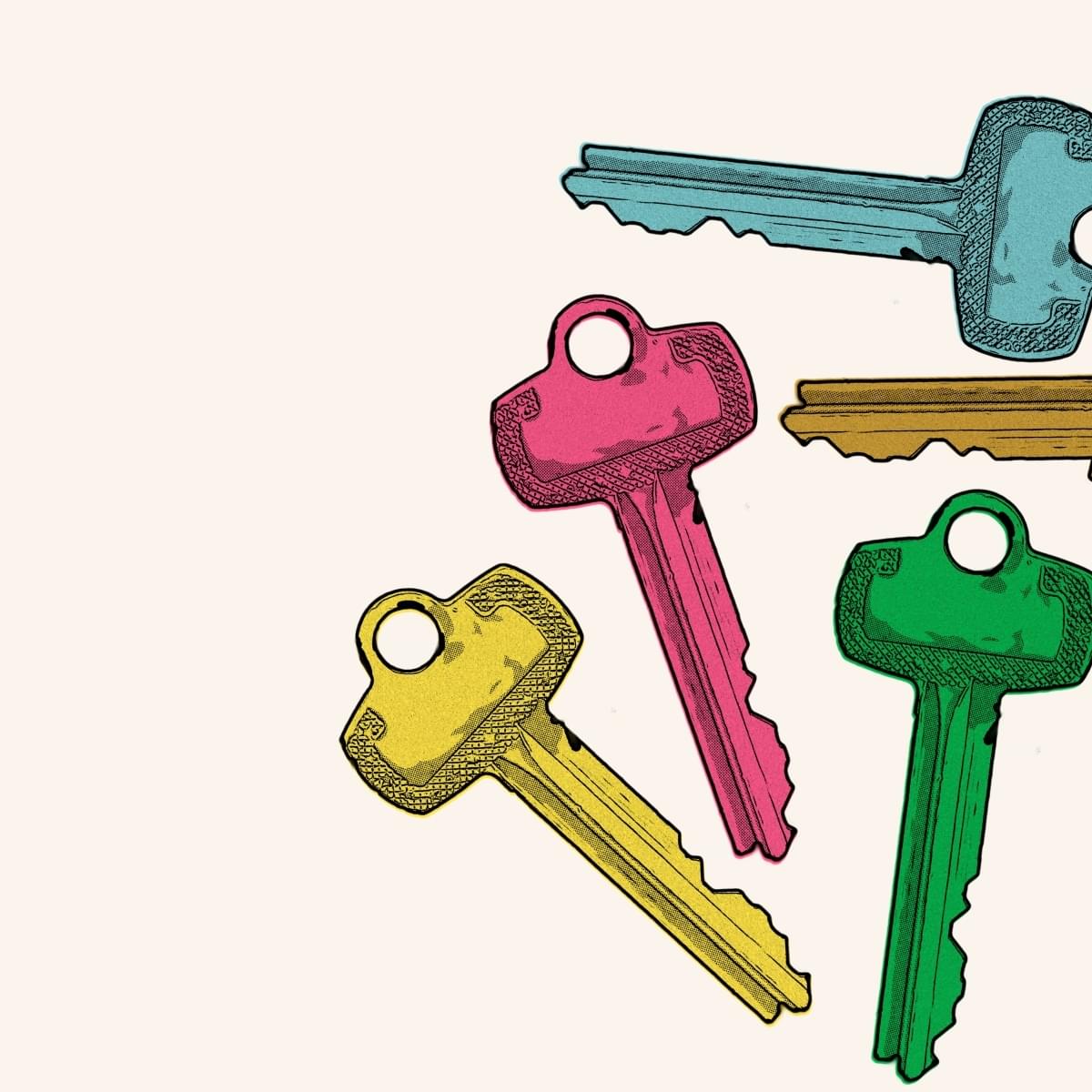
IN THIS ECONOMY?? Co-living is in, McMansions are out. Sharing space with your friends, your grandma, someone else’s grandma, your extended family, other TikTok creators, forever roommates… it’s convenient, gives you an immediate community, reduces cost of living, AND you help save the planet too. Why not make funny stuff with the people you live with?
Co-living isn’t new; it has been a millennia-long norm for humanity. In many cultures and parts of the world, multiple generations still live in the same household. Living alone, moving out of familial homes at a young age, and nuclear families, are modern developments in human history—a trend that started primarily in Western industrialized nations.
But what is old is new again. Living with friends and family offers social, mental and physical benefits. Loneliness dips. Life expectancy could increase. Sharing resources means lower bills. And carbon emissions decrease. What’s not to love?
Live Large, Emit Little


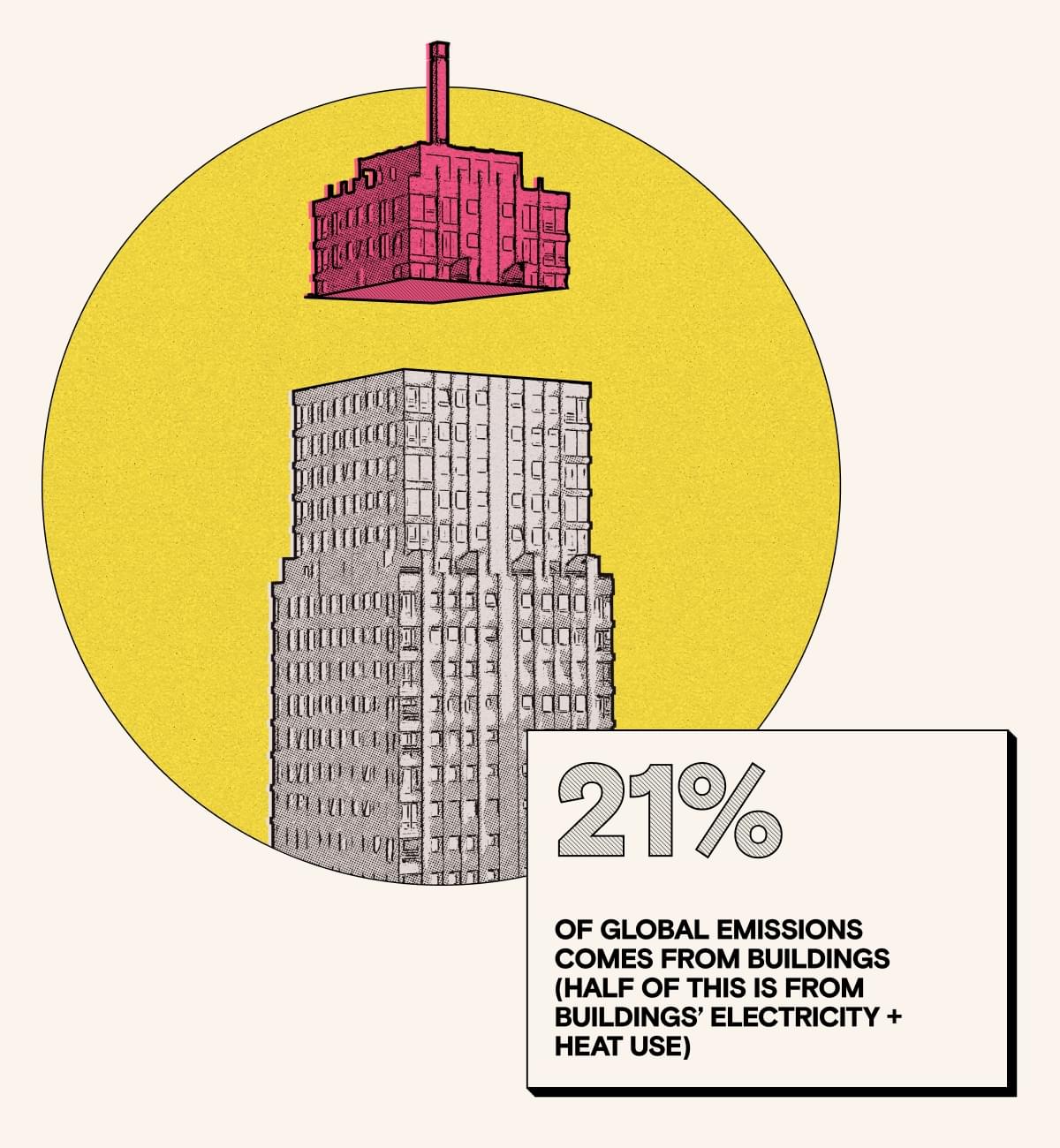
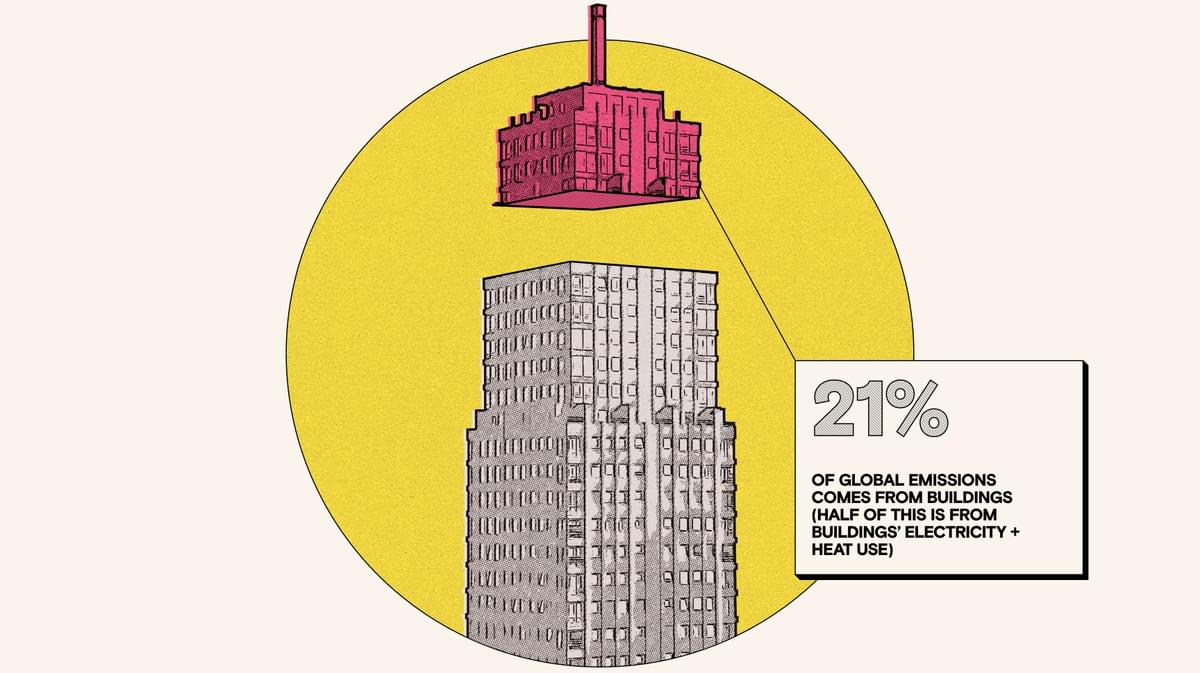
By living in more dense communities, you can reduce the energy costs that contribute over half of building emissions.
-
Solution 1
Smaller homes: Homes with smaller footprints require less energy to heat and cool. -
Solution 2
Sharing space: Multi-family homes or apartments spread energy costs across more people.

-
![]()
@beachykefer extols the wonders of living in a mommune.
-
![]()
@theampedfamily makes multi-gen living look good AF.
-
![]()
@darinandjosh vlog about living in a 3-generation household.
-
![]()
@couplagoofs goes to goth prom with the fam.
-
![]()
Skits abound with these roomies in @eggpartyhouse.
-
![]()
@lilihayes screaming at her son = therapeutic.
-
![]()
Check out @freethink's thought-provoking short doc about co-housing.
-
![]()
Eco-village tour with @treeisalive!
Compact, Convenient
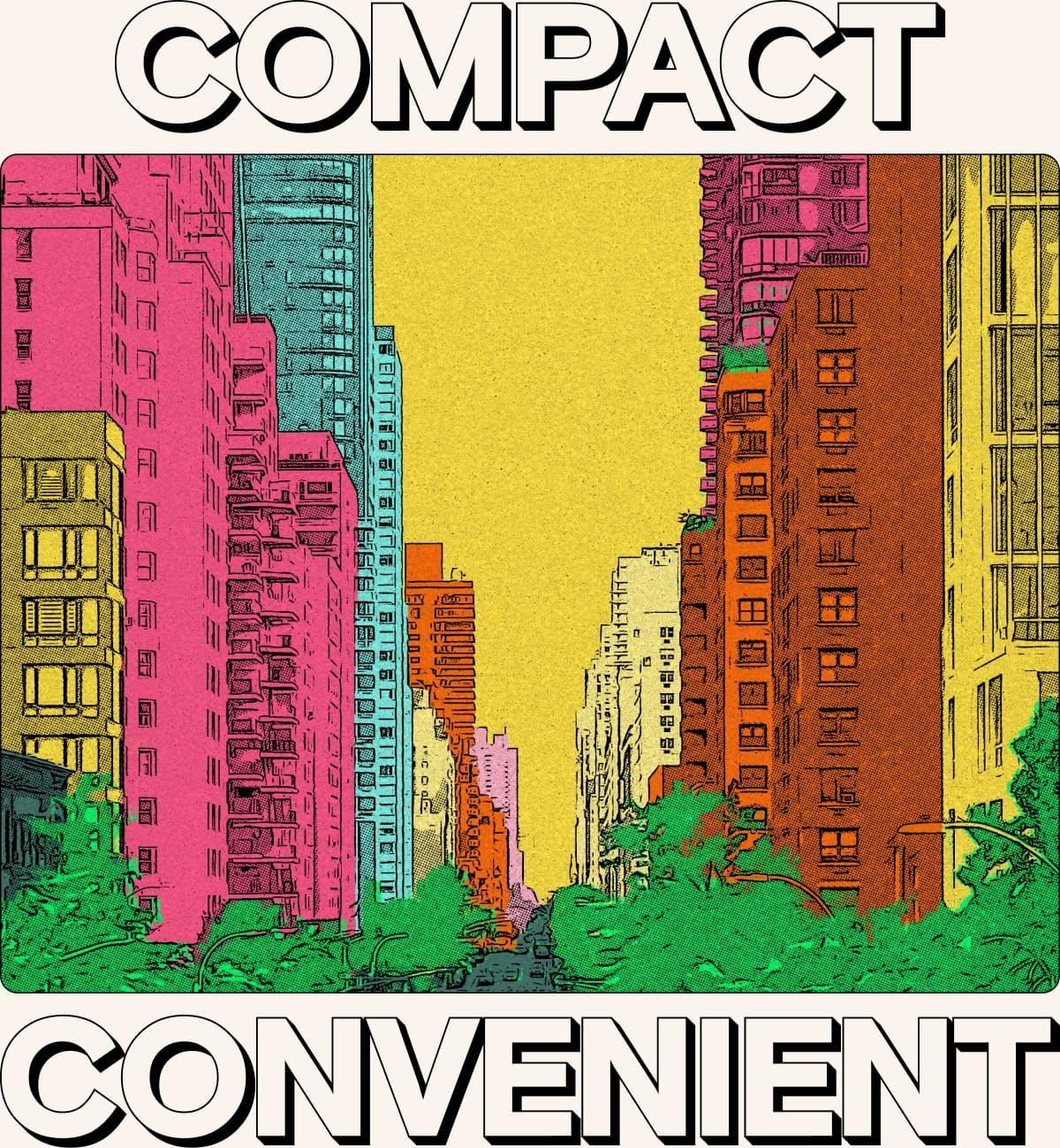
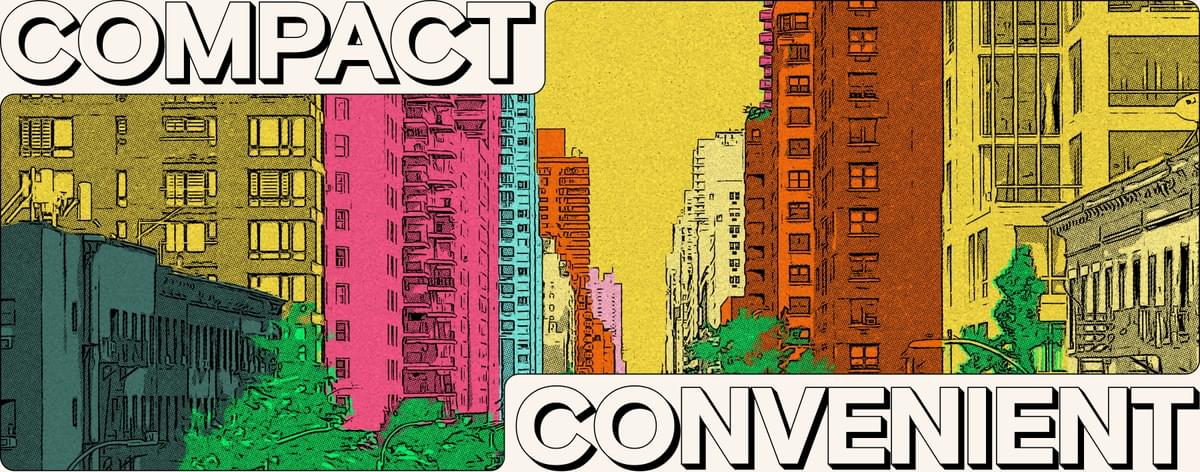
The idea of living more densely within buildings (i.e. co-living or living in smaller spaces) can be expanded to living in more dense communities and cities. This means living in more compact, walkable areas with easy access to shops, schools, grocery stores and other amenities.
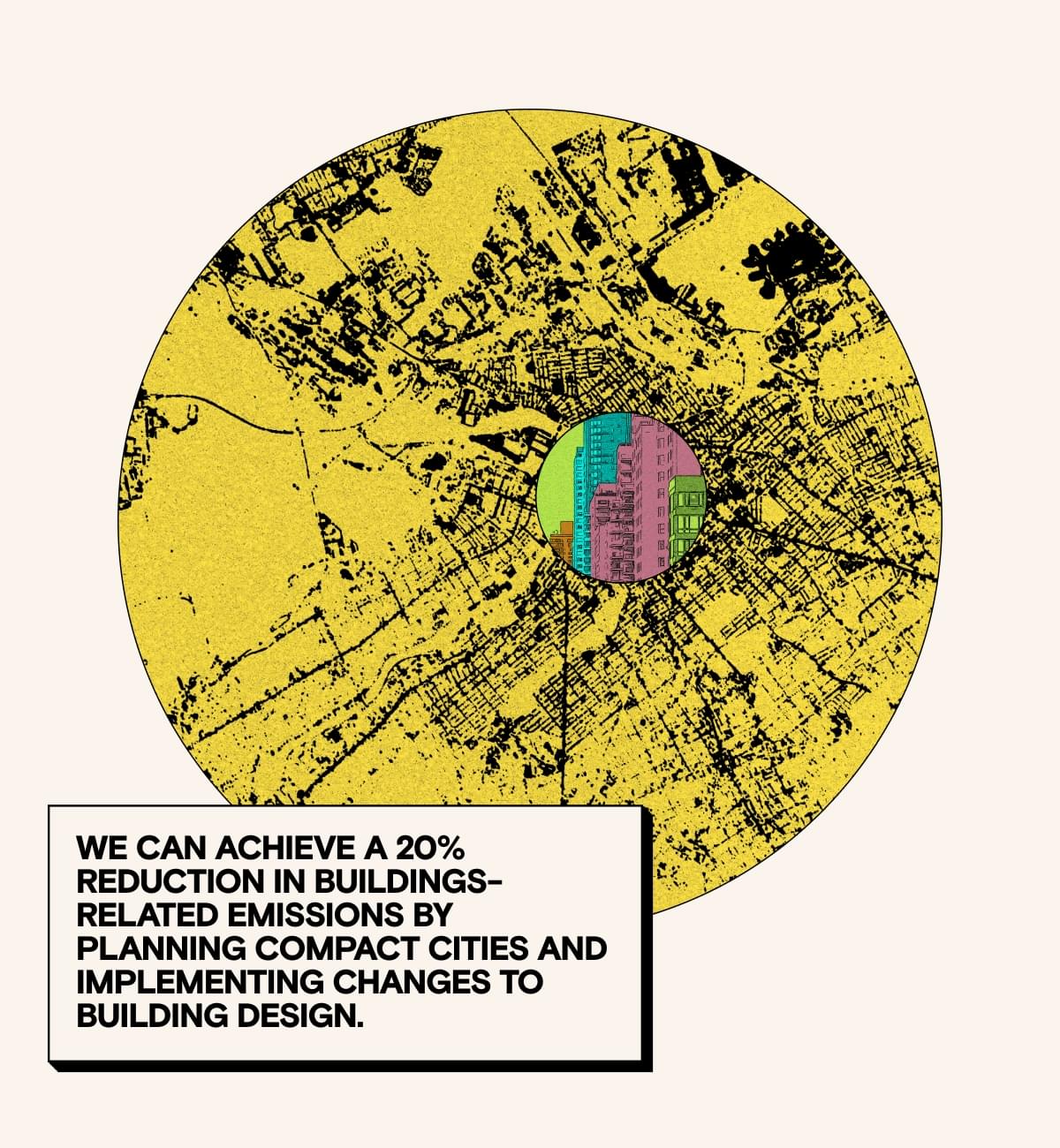
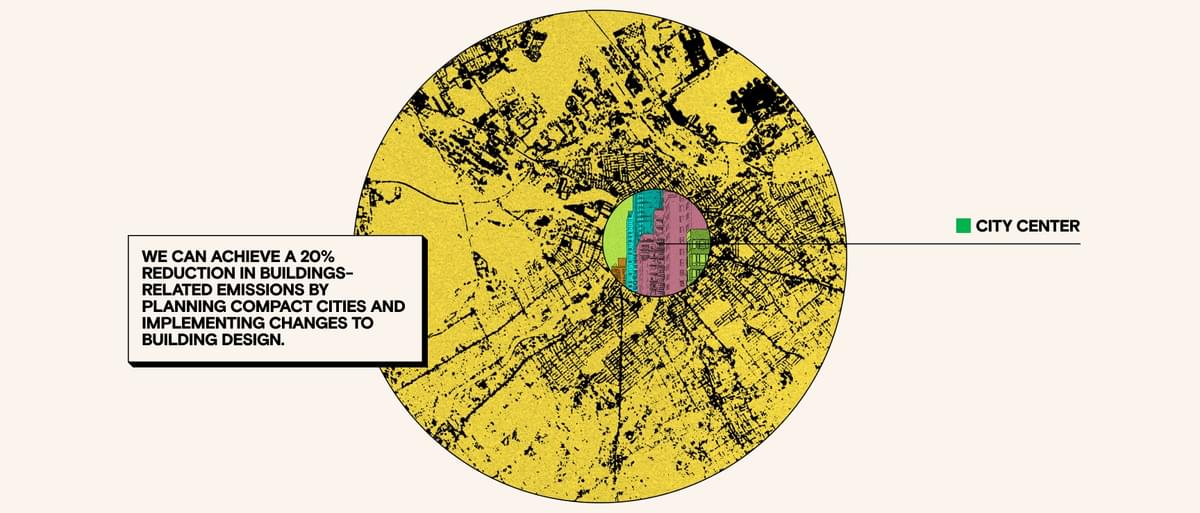
Share & Care: How else might we celebrate denser living and the values of cooperation and connection they represent?
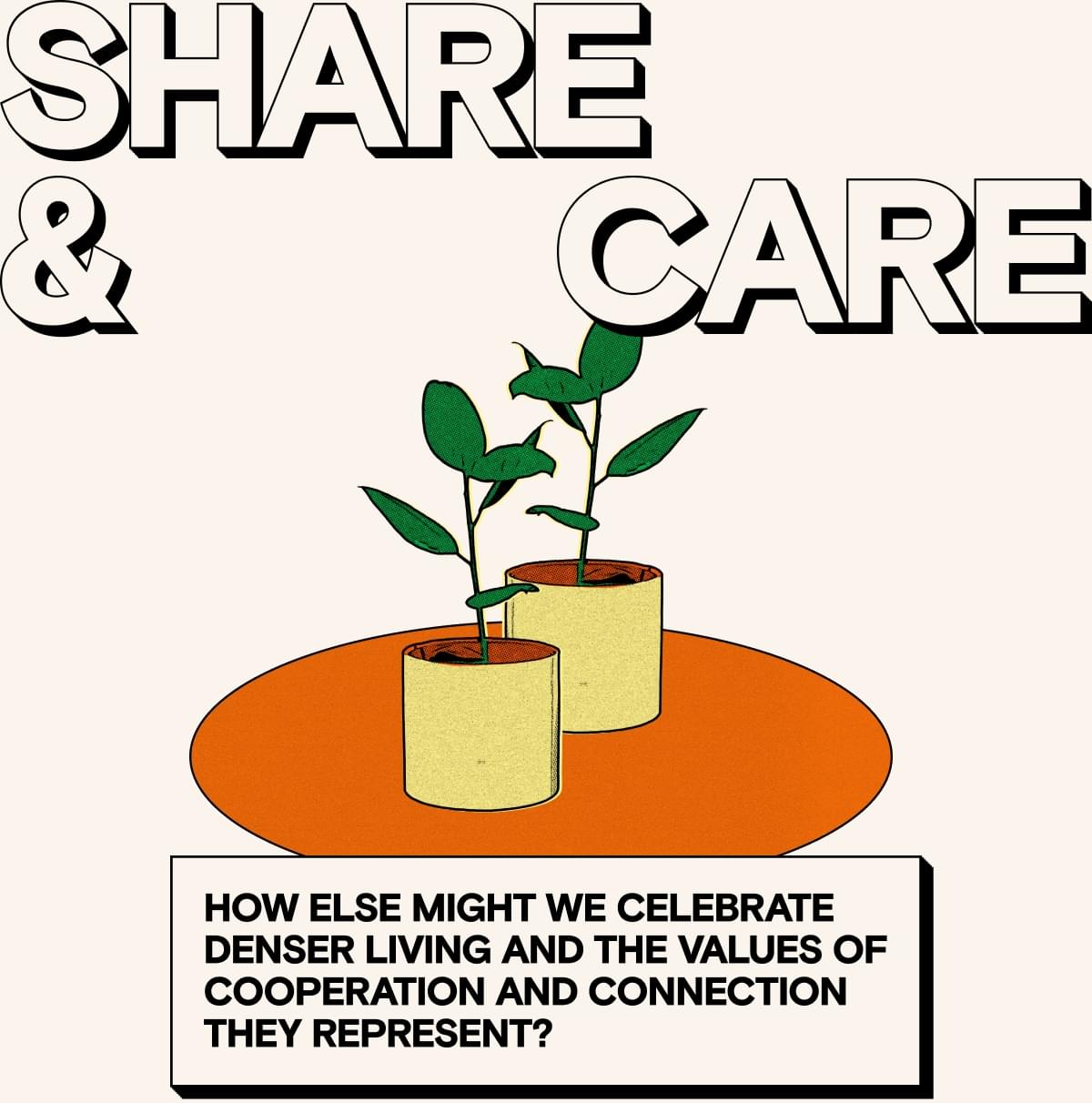


-
Hold a clothing swap party with roommates
Why buy new clothes when you have a couple of other wardrobes to choose from? -
Coliving can be high-end and accessible
Some co-living design inspo from around the world. -
Expand ideas about how we should and could live
If you’re in the market, maybe share the cost of buying a home—with a friend. Start a Mommune. Live with your (or someone else’s) grandparents. -
Screenwriter dreams? Create your own roomie sitcom
After all, some of the best TV gets its drama from peeps who live in close proximity with each other: Woke, How I Met Your Mother, Mo, Ramy, New Girl, Big Bang Theory…
-
There are literally no downsides to splitting utility costs
-
Get to know your neighbors
The French have got it right with the Republic of Super Neighbors.
View all sources

Creative climate collaborations





























